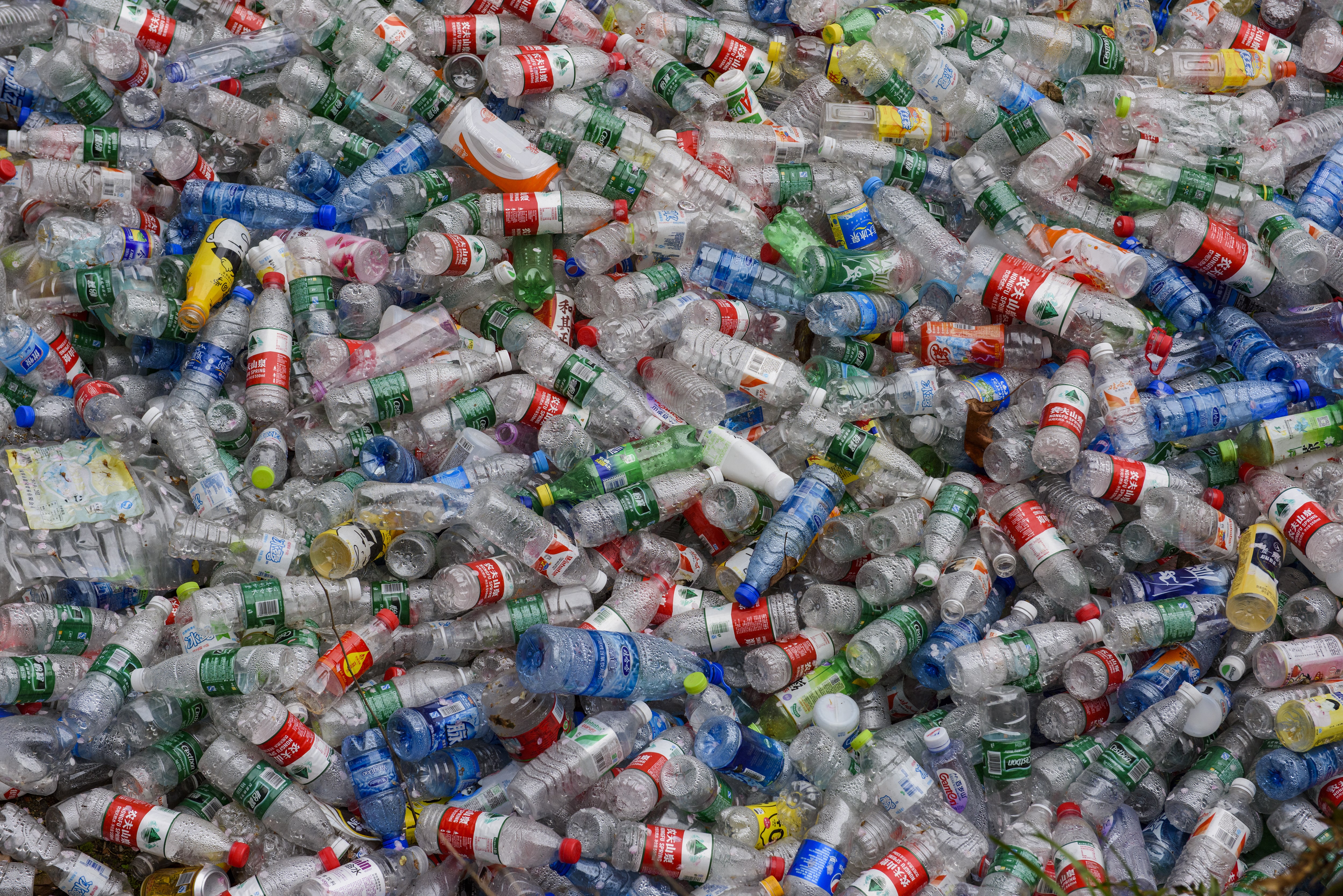
When China decided in January this year to stop importing recyclable plastic waste, this was a huge bombshell for the global community. Prior to the ban, China was taking in over seven million tonnes of scrap plastic each year from Europe, the US and other parts of Asia.
Recyclers in China use the plastic to produce pellets as raw material for everything from office furniture to fiber optic cables. But now the Asian powerhouse is focusing on its own domestically-produced waste. Developing markets like Vietnam and Malaysia are doing their best to pick up some of the slack, but the time has clearly come for countries to take responsibility for their own waste, and fast.
Offloading the problem
The reality of the situation is stark. “About 8.3 billion tonnes of plastic has been produced since the 1950s. Only about 9% of the plastic has been recycled, 12% burnt and 79% has ended up in landfills or the environment, where up to 12.7 million tonnes of plastic enters the oceans every year,” warns foodservice consultant Clara Ming Pi FCSI.
“Countries like Canada, the US and the UK export plastic waste to various countries in Asia and Africa, offloading their trash problem to other communities.”
The fact that ‘recyclable’ plastic is also included in that waste may come as a surprise to the conscientious consumer who studiously recycles their plastic. “Collecting packaging to be recycled makes a consumer feel they are ‘doing something’ about solid waste. If it turns out that these recyclable materials are not really being recycled but are being thrown into a landfill instead, then it scrambles the entire equation,” says Tom Vierhile, innovation insights director at GlobalData.
The hope is that this will spark further action from people and companies to tackle the source of the problem – plastic production. Already, we are seeing initiatives across the foodservice sector. Some of the noticeable ones have been a charge on plastic grocery bags to encourage repeat use. There’s also been a huge movement/campaign to get hotels and food outlets to stop using plastic straws. Hotel giant Marriott has become the latest high profile brand to do so, earlier this year.
Indeed, the desire and plans to cut back plastic are spreading. “Around the world, various cities, countries and regions are banning or proposing bans on different single-use plastics,” insists Pi. “There’s Morocco’s bag ban, Seattle’s straw ban, and the City of Vancouver in Canada’s proposed coffee cup and styrofoam container ban.
“More than 30 countries including China have either regional or country-wide bans on plastic bags, and dozens more have levied fees or taxes on disposable bags. UK retailer Iceland committed to go plastic free for all of its own brand products. And zero waste supermarkets are popping up in various cities in countries including the UK, Germany, Canada, the United States, Mexico, South Africa and more,” she says.
Improving infrastructure
There’s also the age old, traditional solution of refillable and re-usable packaging, which is still common in places like Germany. Although the infrastructure to handle such packaging does not exist in some places.
Other countries could in fact learn a great deal from the German recycling laws and systems, colloquially known as the pfandsystem, which regulate the sale and return of plastic and glass bottles, as well as aluminium cans.
It came into being to encourage drinks companies to supply their product in multi-use, refillable plastic or glass bottles. These can be refilled up to 25 times for the plastic variety and up to 50 times for glass. In doing so, this reduces the average CO2 emissions per bottle in circulation because fewer new bottles have to be manufactured. The process of washing and sterilising existing bottles is overwhelmingly more environmentally friendly in terms of CO2 output than the production of new, single-use bottles.
“We certainly think other countries probably need to take a closer look at this solution,” agrees Vierhile.
While Pi believes fast food chains, beverage companies and consumer brands manufacturers should take matters into their own hand and directly address where, how and what type of plastic they are using.
Citing the 2015 report Waste and Opportunity, she highlights five actions these companies can take to improve packaging sustainability practices:
- Brands should measure own waste, and disclose own production figures
- Phase out polystyrene (styrofoam) and replace plastic lids with recyclable alternatives
- Recycle cardboard at the ‘front of the house and encourage customers to recycle
- Recycle black plastic containers through a technological fix, and promote market development to ensure a steady demand for collected materials
- Fund or help develop methods to recycle hard-to-recycle materials
The brutal reality is we aren’t going to recycle our way out of the plastic packaging problem. There is just not enough slack built into the system to absorb a major blow like China’s and carry on as if nothing happened. We all need to do our bit to cut off plastic waste and pollution at source.
“[Sadly], three months into the ban and waste has already started to build up,” warns Pi. “Materials that were once deemed recyclable are ending up in landfills and incinerators. More virgin materials are being mined and manufactured to make up for production demands.
“This [ban] is an opportunity to move away from the belief that everything can and should be recycled. It has placed the responsibility of recycling — including dealing with its limitations — back into the hands of waste producing countries. Consumer groups should urge fast food chains, restaurants and cafes to lead by no longer offering their customers single use plastics, and demand ‘extended producer responsibility’ of plastics supplier to take full responsibility (social and environmental) for the entire life cycle of the product and its packaging,” she says.
Chris Evans
